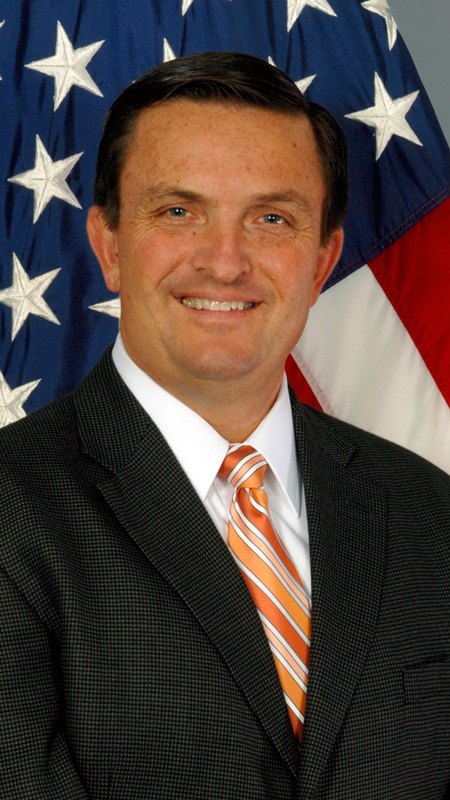
RSESC Director David Arterburn’s center is part of a Georgia Tech Research Institute team that’s among five to win a federal rotorcraft award worth as much as $40 million.
The University of Alabama in Huntsville (UAH) Rotorcraft Systems Engineering and Simulation Center (RSESC) is part of a Georgia Tech Research Institute (GTRI) team that competed for the NASA Ames lead Rotary Wing Technology Development contract worth up to $40 million.
The GTRI team was one of five teams selected to work under this multiple-award indefinite delivery indefinite quantity (IDIQ) contract over the next five years.
“Individual tasks will support a broad array of technology areas important to rotary wing technology supporting future military and civilian vertical lift needs,” says David Arterburn, RSESC director.
The NASA Rotary Wing Technology Development contract focuses on technologies that enhance vehicle productivity, range, speed, capacity, performance, design tool development, design cycle reduction, dual-use (civilian and military utility), safety, survivability and environmental and community compatibility are all included.
Task order assignments under this contract will be drawn from the spectrum of technology assessments, analysis, design, fabrication and testing requirements with rotorcraft at model scale, full scale and flight scale. They include but are not limited to aerodynamics, structures, computational fluid dynamics, acoustics, comprehensive analysis, cockpit design and control systems, handling qualities, human factors, prognostics and health management assessments, and systems and economics analysis.
Examples of such work include:
- Assessment of advanced rotorcraft technologies;
- Assessment of rotorcraft requirements in the Next Generation Air Traffic Management System;
- Prognostics and health management assessments;
- Research flight testing;
- Wind tunnel test stands;
- Hardware gear testing components and advanced rotor technology/configuration assessments;
- Drive system sensitivity studies for rotorcraft;
- Avionics processor equipment and GPS upgrades;
- Health usage monitoring systems (HUMS) technology assessments and demonstrations;
- Engineering analyses of advanced concepts; and
- Advanced cockpit crew station research.
“UAH looks forward to working with the members of the GTRI lead team, as well as industry and NASA scientists and researchers, in advancing rotorcraft and vertical lift to meet future requirements,” says Arterburn.
The GTRI team includes GTRI/Georgia Institute of Technology, UAH, University of Alabama, Technical Data Analysis (TDA), Advanced Rotorcraft Technologies (ART), Airbus Helicopters and Tek Fusion Global Inc. Jinwei Shen at the University of Alabama will collaborate with UAH and RSESC as part of this contract effort.